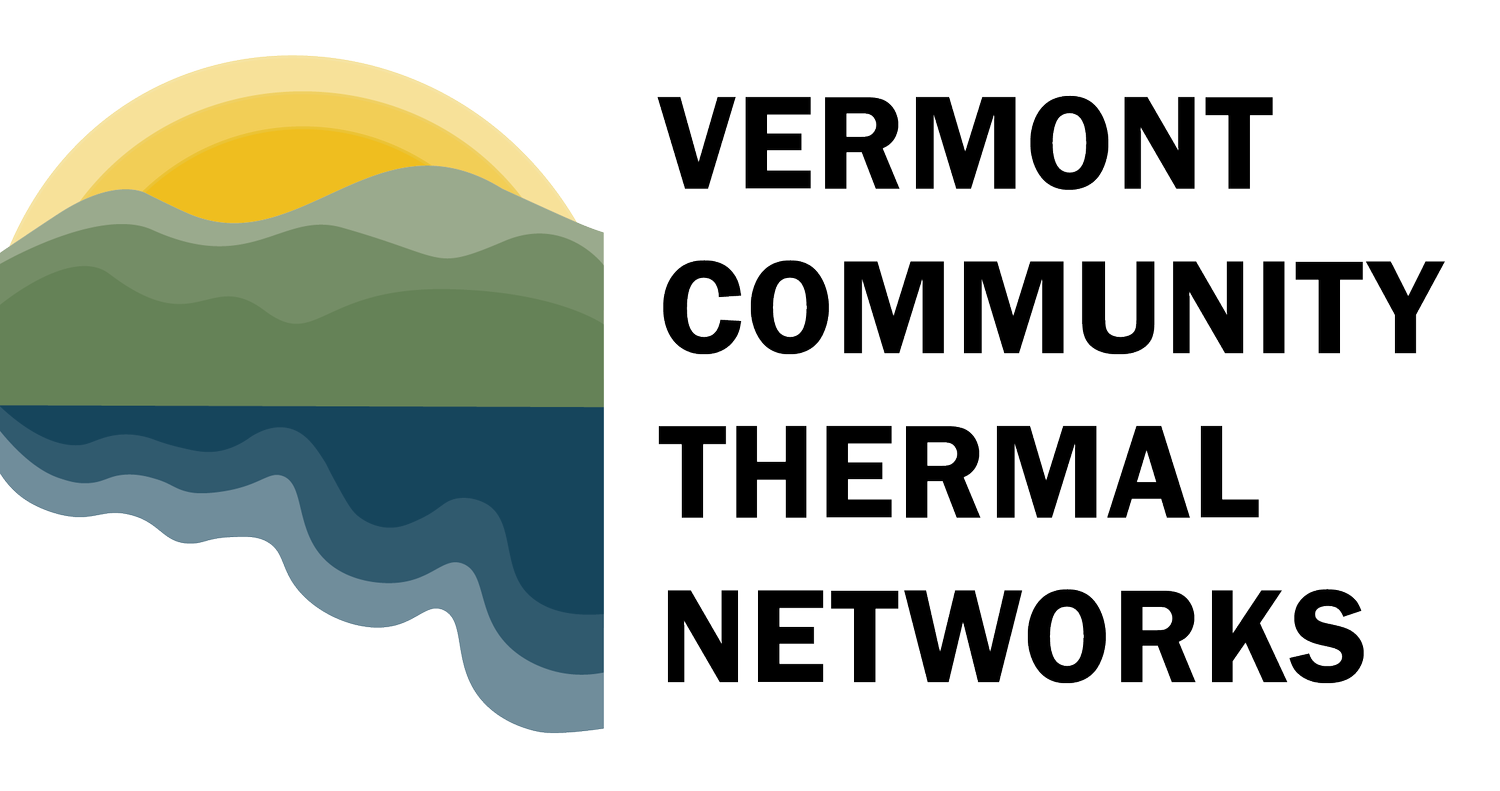Thermal Energy Networks are often described as the most efficient thermal solution we have.
How much more efficient are they than other technologies?
And what can that efficiency mean for us, our communities, and our state?
More and more Vermont communities are exploring how Thermal Energy Networks (TENs) can benefit them. Given that cost is always a primary concern, it's important to understand the efficiency of TENs as one of the key ways we improve energy affordability on multiple levels, even for those who aren’t connected to a network.
To understand this high efficiency and why it matters, we recommend a straightforward explanation from Building Decarbonization Coalition:
Our key takeaways:
Ground-source heat pumps (GSHPs) – a key component of Thermal Energy Networks – can create big impacts when deployed at scale:
“Mass installation of GSHPs could avoid the need for up to 24,500 miles of new grid transmission lines by 2050.”“Enough to span the continental United States eight times”
“Avoiding this buildout would save $557 billion”
The high efficiency of GSHPs – and by extension, Thermal Energy Networks – can lower electric bills for everyone, even those who aren’t connected to the network.
“Installing GSHPs also reduces the cost of electricity production and delivery and lowers the marginal cost of electricity by decreasing overall demand—resulting in lower energy bills.”
Plus, a great quote:
“Wise use of geothermal networks…means less time needed to meet climate goals and less money spent upgrading the grid.”

